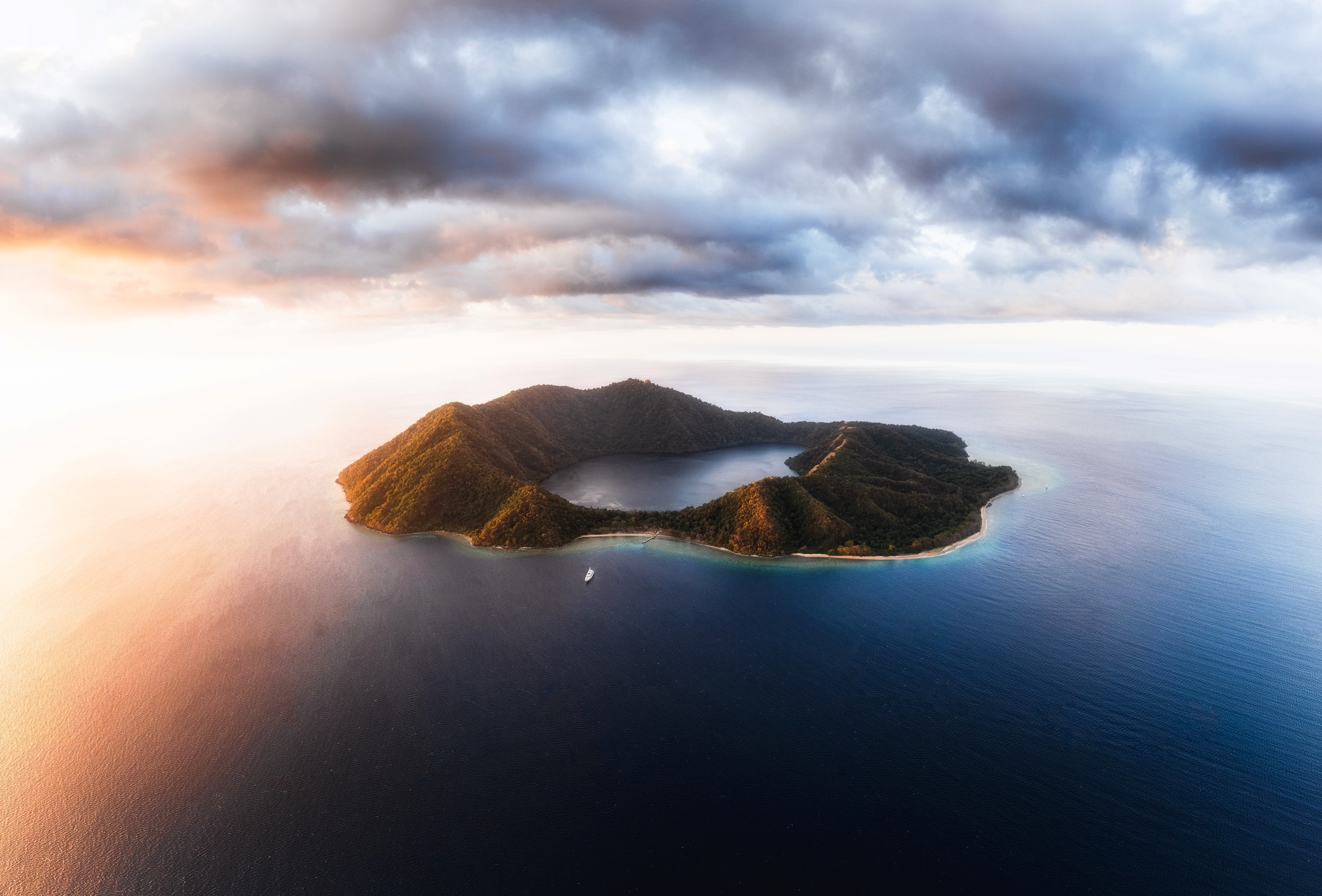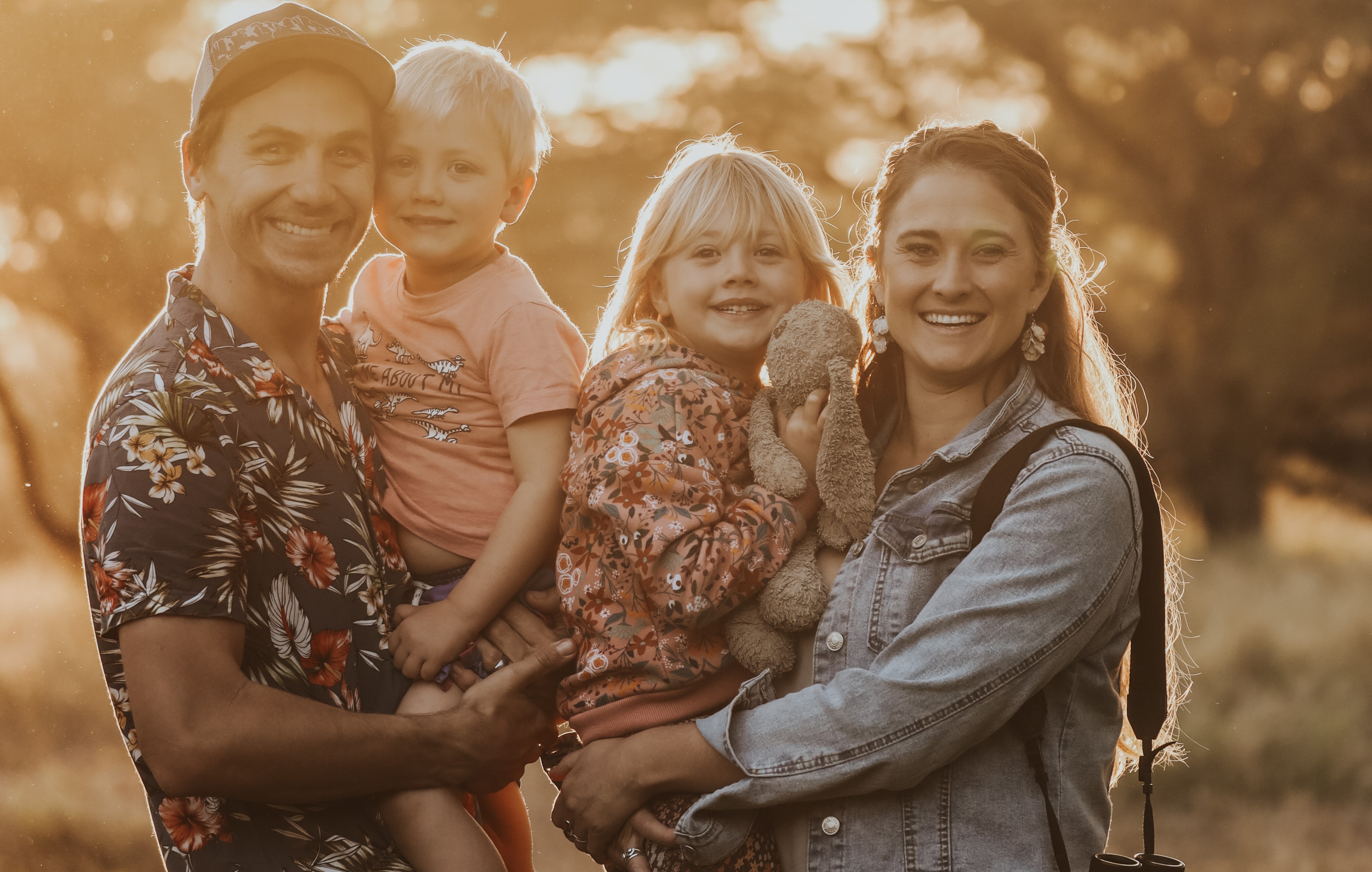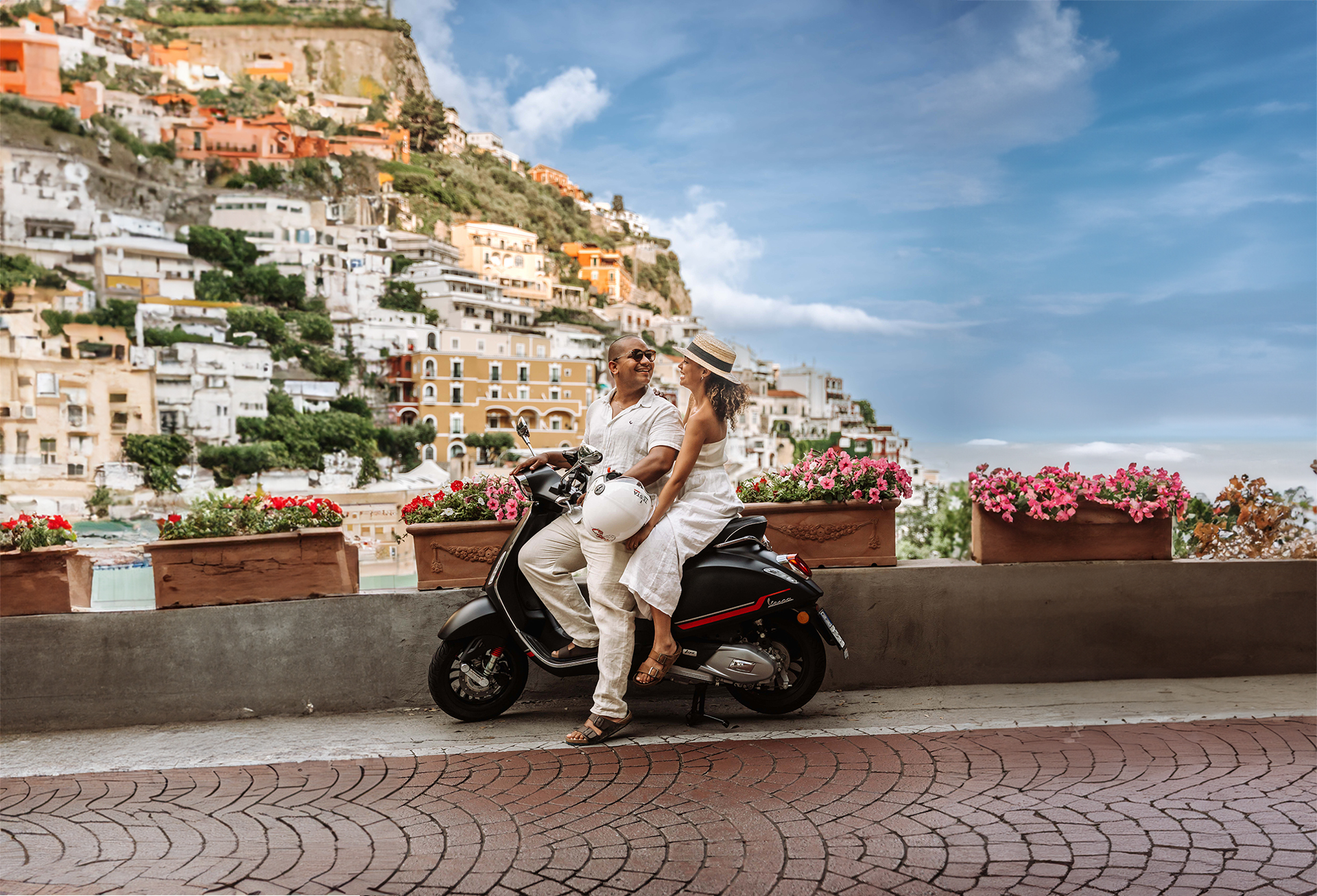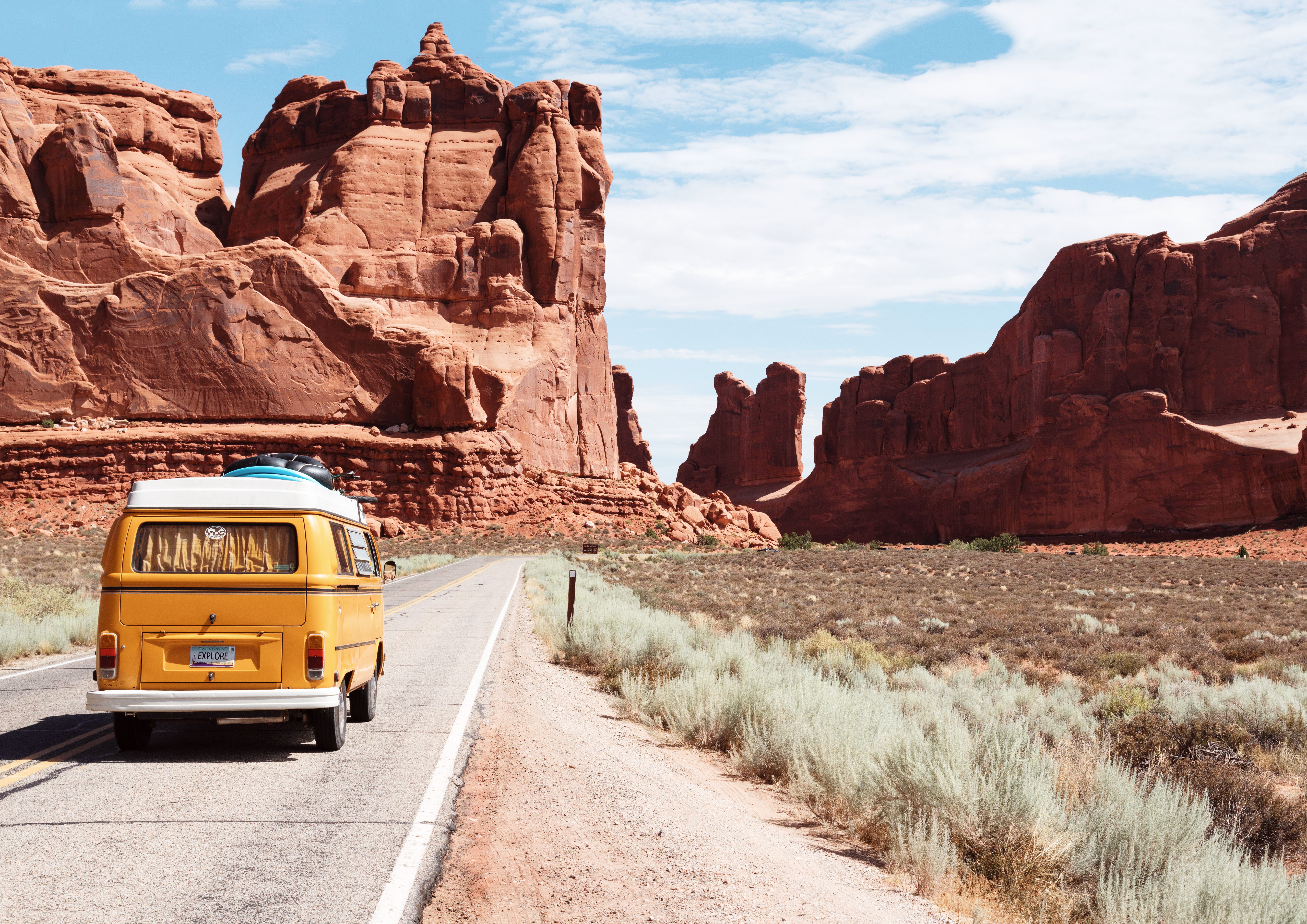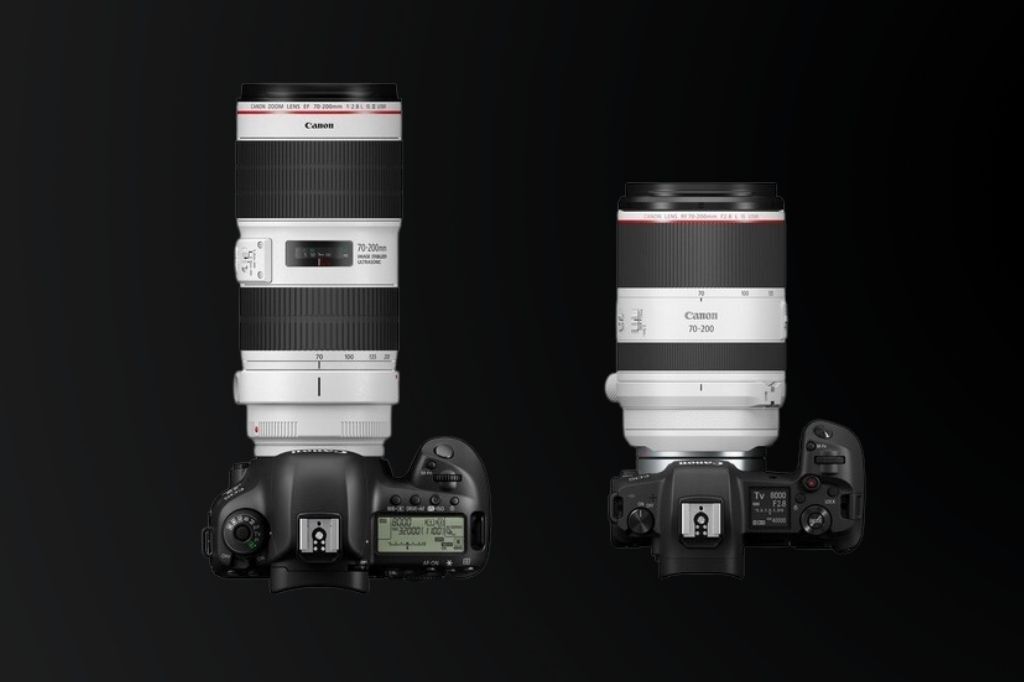When you behold the captivating photography of Anton Linström, an irresistible urge to swiftly prepare your luggage and embark on a journey of discovery awakens within you. Whether it’s the allure of far-flung islands or the mystique of barren landscapes, his art ignites a deep passion for adventure and a thirst for exploration. We chat with the talented photographer about his love for travel, his tips for photographing locals and the destinations which have left a mark on him forever.
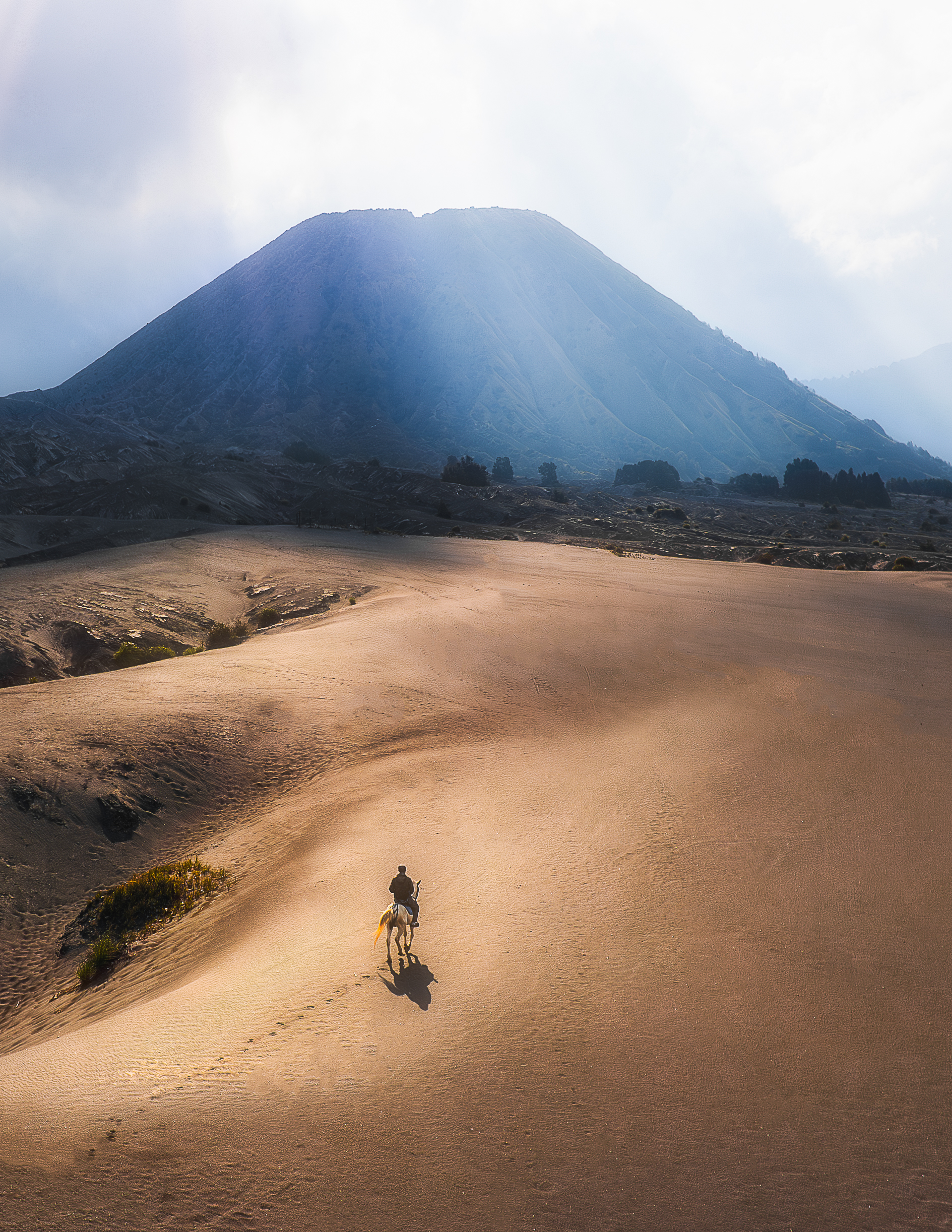
Please tell us a little about yourself.
Hello, I’m Anton Linström, a freelance multi-disciplinary digital creative with an unwavering passion for travel photography. My journey in life started amidst the picturesque landscapes of Lydenburg, Mpumalanga, South Africa, where I cultivated a deep appreciation for the natural beauty surrounding us. However, it was in 2007 that I embarked on a new chapter, relocating to the enchanting city of Cape Town.
Recently, I set my sights on the captivating Indonesian archipelago, with Bali as my base. I am constantly inspired by the vibrant and diverse beauty that Indonesia has to offer.
How did you discover your passion for travel photography?
My journey into travel photography began with my love for nature, as I embarked on small adventures with friends, capturing the moments we shared. In those days, my lens was drawn to the landscapes surrounding us, and I immersed myself in the art of landscape photography. As I ventured further, travelling to new destinations, a transformation occurred. I was captivated by the breathtaking vistas and the rich tapestry of cultures that unfolded before me. Exploring diverse traditions, connecting with people from all walks of life, and documenting their stories became an irresistible pull. I embraced the world of travel photography, weaving the beauty of landscapes and the vibrant hues of human experiences into my visual narratives.
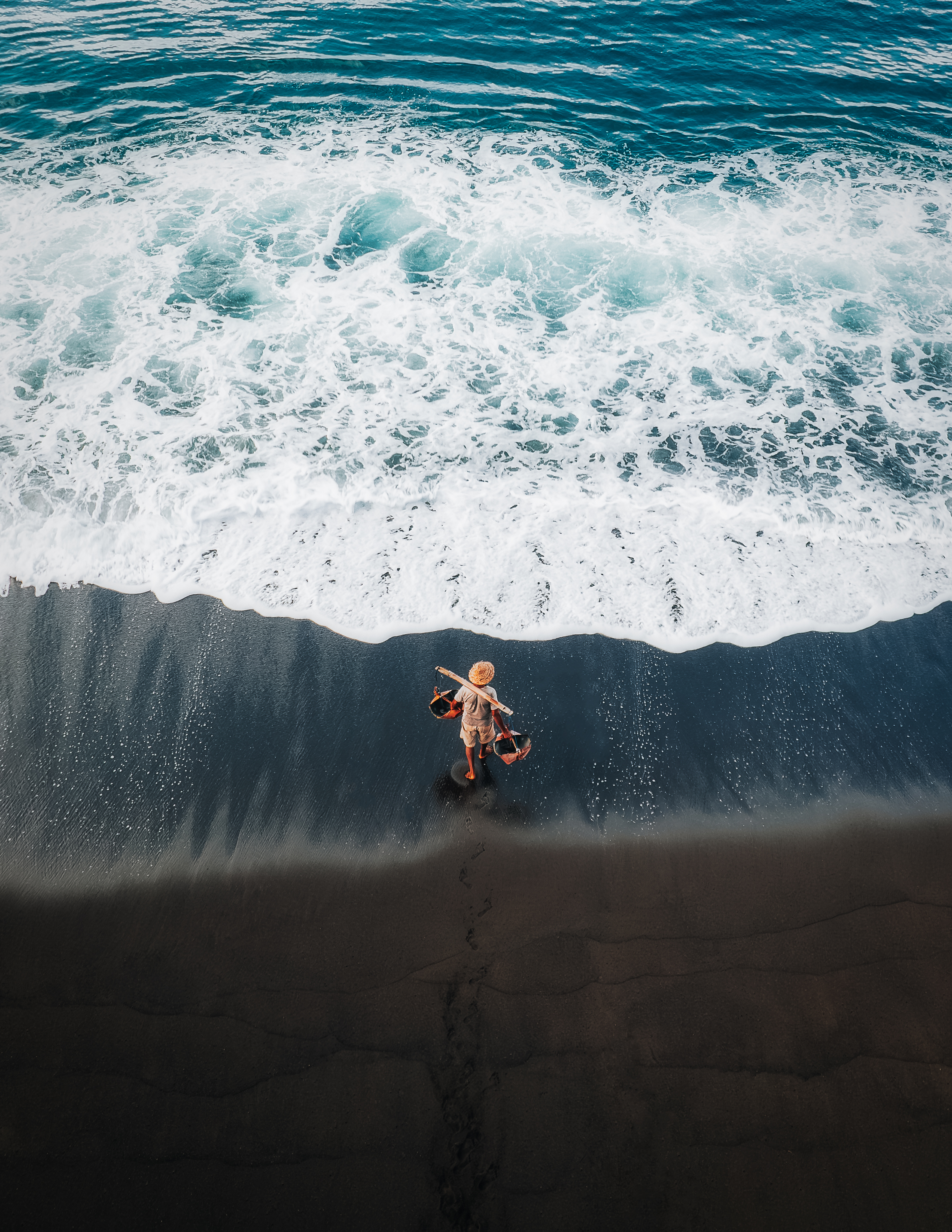
How do you approach capturing the essence of different destinations and cultures through your photography?
I start by thoroughly researching the destination/landscape or culture I intend to photograph. I take into consideration the time of day suitable for the shots. Different locations and events may require specific light to convey the desired mood and atmosphere. Sometimes it is necessary to revisit a place multiple times to capture its true essence.
Which destinations have left the most lasting impression on you as a travel photographer?
Indonesia and its enchanting blend of natural wonders, cultural diversity, and photographic opportunities will leave an enduring impression on anyone fortunate enough to explore it with a camera in hand. Its natural diversity, volcanic wonders, rich cultures, and warm hospitality have given me memories that will last forever.
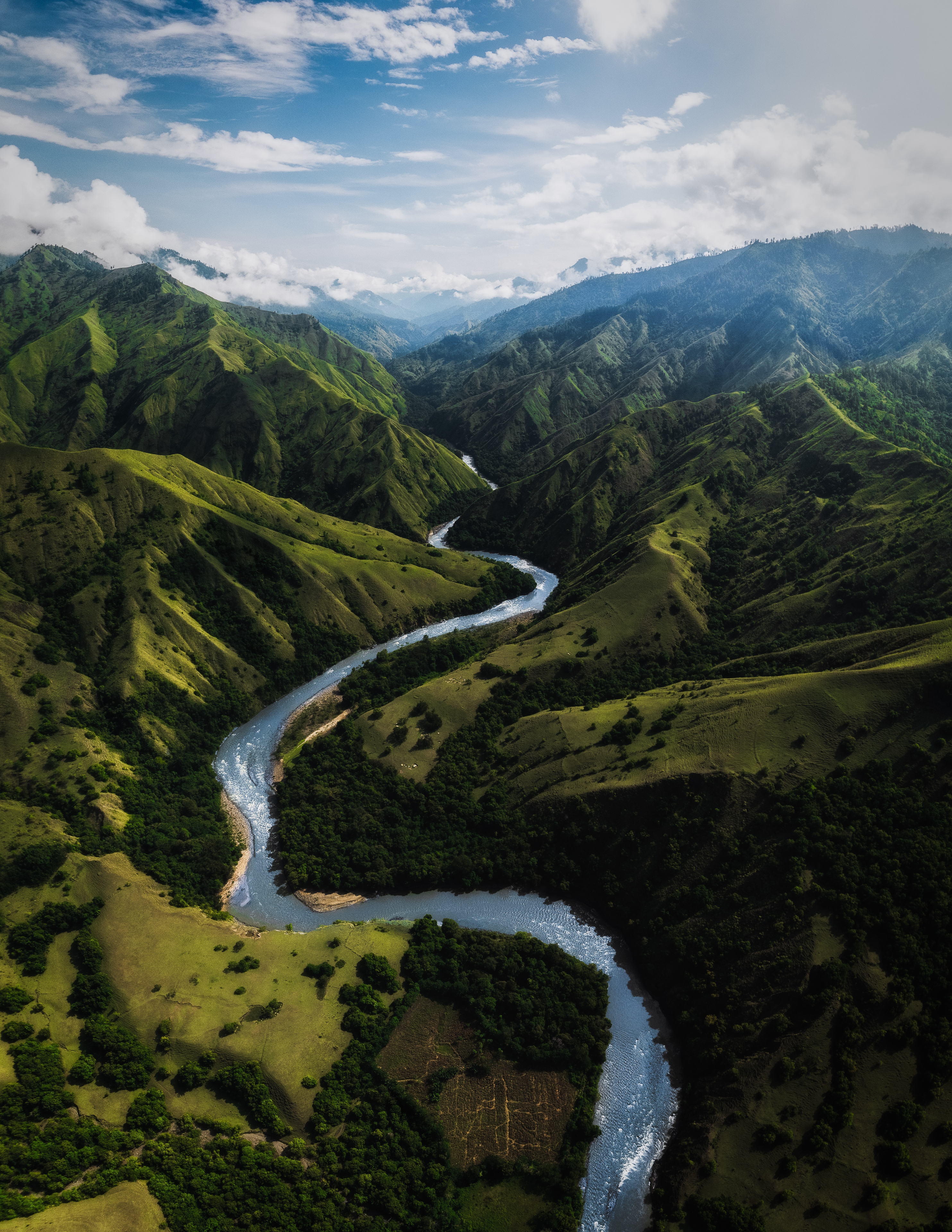
What camera do you shoot with?
I’m currently shooting with the Canon EOS R6 Mark II and absolutely love it as it is a good hybrid camera to switch between photo and video. I started with the Canon M6, a great small camera to have while travelling, however, switching to full-frame opened up a new world.
What essential photography equipment do you always carry with you while travelling?
My Polar Pro filter set is an absolute must. I always carry a CPL, 64ND/PL, and 10000ND/PL with me. I also carry a DJI Mavic Air 2s with me at all times.
How do you navigate challenging lighting conditions when photographing in diverse environments?
Understanding the importance of light in photography cannot be understated. Sometimes you have limitations, and the middle of the day may be the only time you have to photograph a particular location. While travelling, sometimes you can’t return to the same location when the light is more friendly. There’s no other option to take these photographs in these conditions. During these circumstances, it is a challenge and time to experiment. Learning how to manage the light and your exposure helps you to create better photos in any situation. Exposure control and the use of an ND filter will help tremendously.
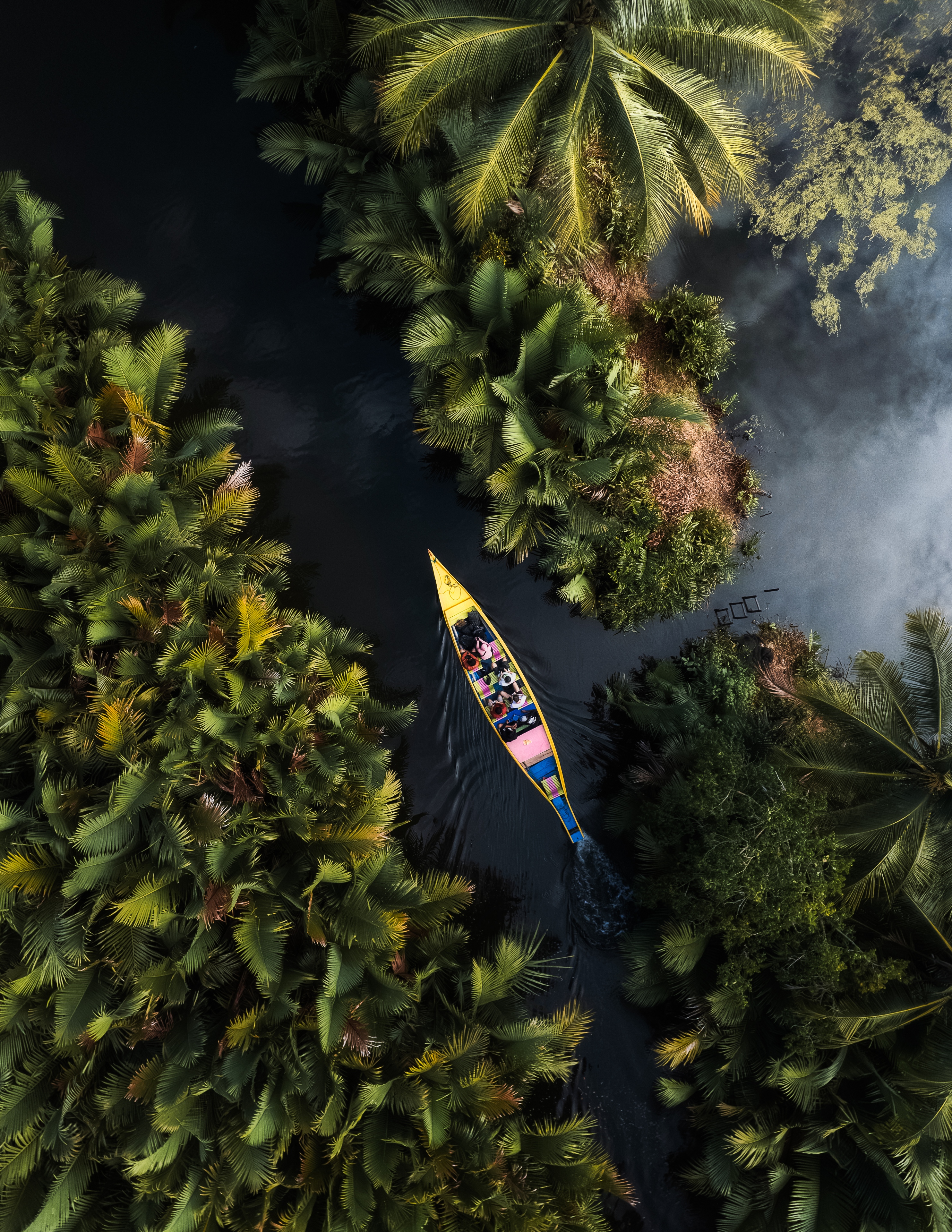
Share an anecdote from your travels that perfectly encapsulates the life of a travel photographer.
As a travel photographer, my journeys often take me to remote and off-the-beaten-path destinations, and one such adventure brought me to the enchanting islands surrounding Sumbawa in West Nusa Tenggara, Indonesia. The itinerary for this expedition was packed, spanning four days of exploration, discovery, and photography. Little did I know that this trip would become a microcosm of the travel photographer’s life, where every moment is a blend of planning, adapting to the unforeseen, and chasing those magical shots. Our adventure began with a whirlwind of transportation modes. From the comfortable confines of cars, we transitioned to the nimble agility of motorbikes. Eventually, we boarded boats, each leg of the journey revealing new facets of Indonesia’s natural beauty. With such a tightly packed schedule, sleep became a luxury, and I found myself coping with a mere two hours of rest each day. It was hectic, physically demanding, and mentally exhausting, yet it was also profoundly rewarding.
For every travel photographer, this is par for the course—a test of dedication and passion for the craft. Amidst the chaos and sleep deprivation, I found myself energised by the raw beauty of nature, the warmth of the local communities, and the thrill of the chase for the perfect shot. The sunsets over remote beaches, the smiles of villagers sharing their stories, and the magic of capturing the essence of each place became my driving force. Eventually, the journey around Sumbawa’s islands became a microcosm of the life I’ve chosen as a travel photographer. It’s a life filled with adventure, unpredictability, and relentless pursuit of beauty and authenticity. It’s a life where every moment, whether meticulously planned or spontaneously encountered, becomes a piece of a visual story, a testament to the wonders of our world, and a reminder that the journey is as valuable as the destination itself. For any travel photographer, it’s the blend of planning, coping with unforeseen circumstances, and the unyielding focus on capturing those special moments that define the essence of our calling.
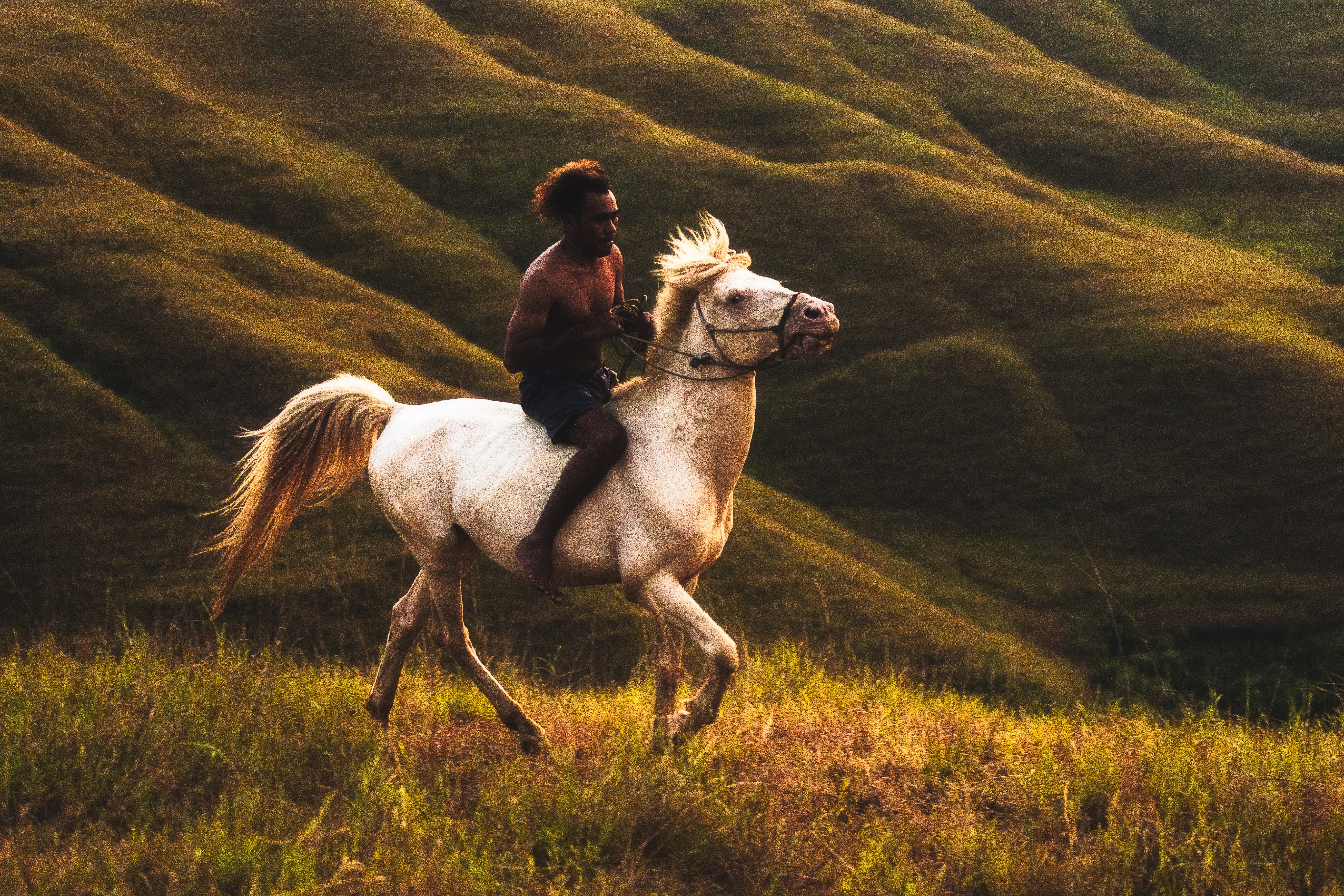
How do you break down barriers and establish connections with locals to capture authentic moments?
Breaking down cultural barriers and establishing a strong connection with locals when photographing them in an unfamiliar environment can be a rewarding and enriching experience but can be challenging to achieve. Before taking out my camera, I try to approach the local communities with respect and sensitivity. I am a guest in their space and culture. A simple smile and friendly gestures can go a long way in breaking down the initial barriers.
For more genuine and positive interactions, I take the time to learn a few basic phrases in their language. This shows that I’ve made the effort to connect with them on their terms. I spend time observing them and showing them that I have a genuine interest in what they are doing and ask questions. Before taking any photographs, it’s essential for me to ask for permission. This demonstrates that I have respect for their privacy and consent. After taking the first picture, I would show it to them and, if possible, share it with them. Depending on the situation, I will offer something in return for their time and cooperation. Be it a gift or support their business in buying something.
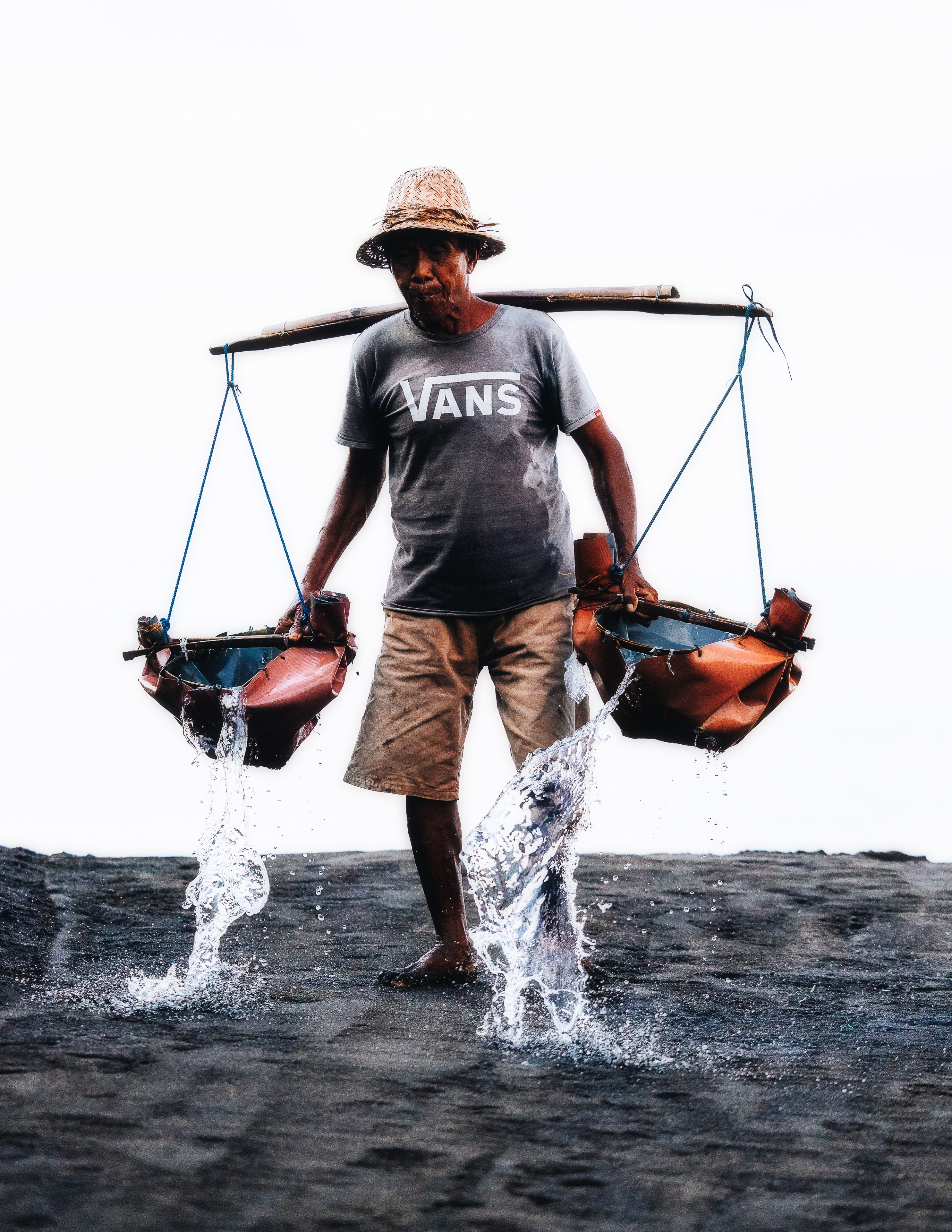
Tell us about a time when an unplanned moment led to an incredible photographic opportunity.
In the vast expanse of the Northern Cape, South Africa lies a place of quiet majesty known as Verneukpan. In 2021, I embarked on a journey to explore this barren dry salt pan. My sole purpose was to experience the rugged beauty, with no intention of capturing photographs. Verneukpan stretched before me, an immense canvas of desolation, spanning approximately 57 kilometres in length and 11 kilometres in width. It was a place where silence ruled, and the horizon seemed to stretch infinitely in every direction. As I set up camp in the heart of this otherworldly landscape, I marvelled at the sheer vastness of it all. As the day turned to night, something extraordinary began to unfold above. The sky above Verneukpan transformed into a living tapestry of stars, and the Milky Way unveiled itself in all its radiant glory. A true celestial spectacle.
As a travel photographer, my camera was never far from reach, and I couldn’t resist the urge to capture this magical moment. The salty expanse of Verneukpan, devoid of light pollution, served as the perfect stage for this cosmic performance. In the middle of nowhere, on a salt pan under a blanket of stars, I stumbled upon an incredible photographic opportunity that would forever be etched in my memory.
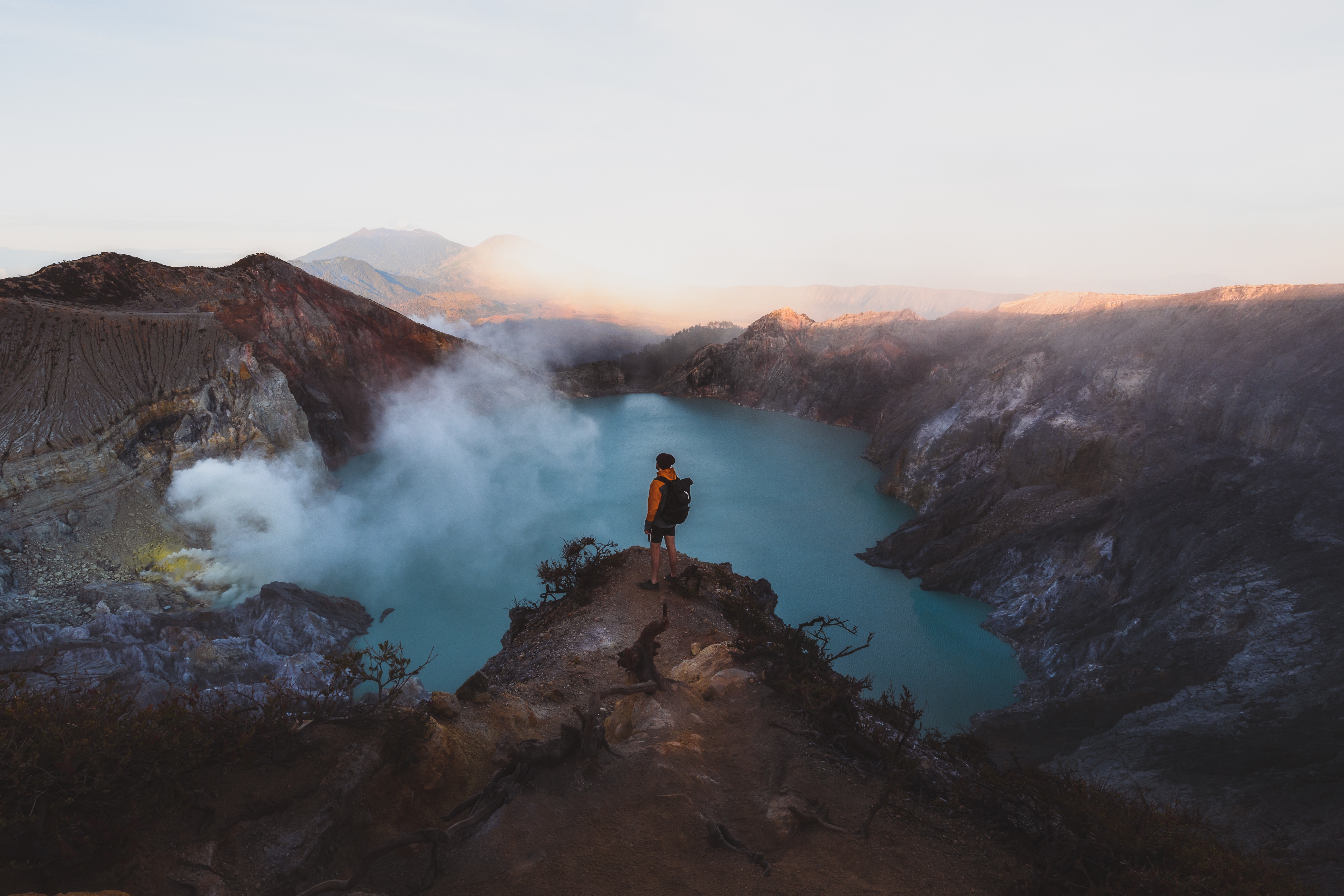
How do you approach ethical and responsible photography, especially in sensitive cultural or natural settings?
Ethical and responsible photography in sensitive cultural or natural settings requires a deep commitment and understanding, respecting and preserving the subjects and environments you photograph. At first, I would do thorough research on the sensitivities of the cultural and environmental areas I plan to visit. I always ask permission to make sure I’m allowed to capture cultural settings. Building relationships with the communities is essential to build trust and can lead to more authentic photographs. Use local guides who can provide cultural insights and help with interactions. This way you also give back to the community. I always leave the environment as I find it and avoid leaving any trace or damage behind.
What are some of the most challenging things about being a travel photographer?
Balancing passion and work. Travel photography is my passion and hobby, and sometimes difficult to balance the demands of work with opportunities for travel and photography. I’m lucky in the sense that I work remotely. Travel photography as a hobby/passion can be an expensive endeavour, considering travel expenses, camera equipment, and post-processing software. It can constrain your budget. Travel photography often involves long hours, unpredictable weather conditions, and physically demanding situations. It can be physically and mentally exhausting, especially when combined with other commitments.
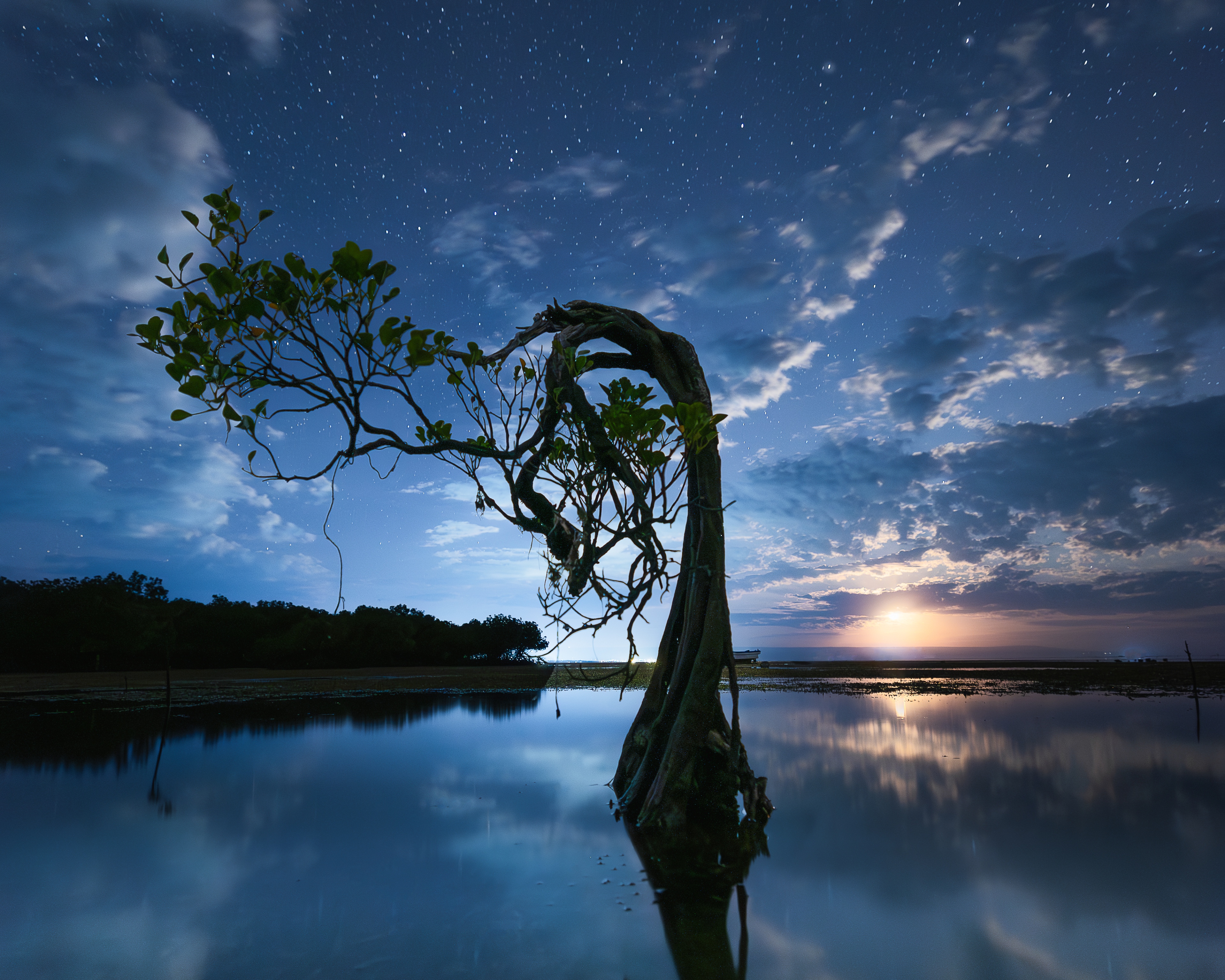
What advice would you give aspiring travel photographers?
- Start local and build your way up. The area you live in will certainly have photographic opportunities in it, so start there.
- Master your camera, and invest time in learning the technical aspects of your camera and its settings. Understanding exposure, composition, and various shooting modes is fundamental to producing high-quality content.
- Photography is a skill that improves with practice. Make it a habit to capture moments regularly, even in your everyday life.
- Travel smart. While having quality equipment is essential, avoid overpacking. Only take what you need. This will make you more agile and less conspicuous while travelling.
- Research your destinations in advance to identify iconic landmarks and unique perspectives. Planning helps make the most of your time at your location.
- Learn how to be flexible and adapt to new situations and opportunities that may arise during your travels.
- Remember travel photography is not just about capturing beautiful images but also about storytelling and sharing cultural and emotional aspects of your journey. Enjoy the process, stay curious, and let your passion guide you. Oh, and keep your lens cap open 😊

